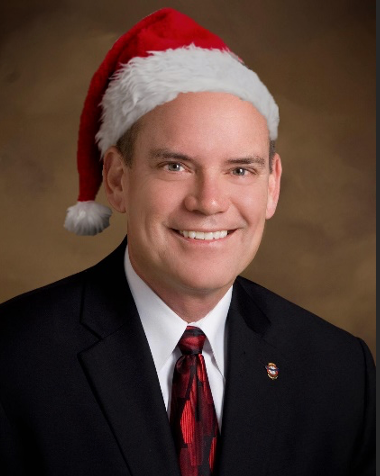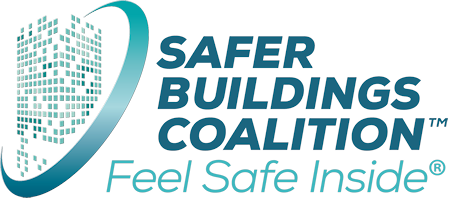From the Chief’s Corner: Our Christmas Gift for You!SBC Releases Best Practice: Understanding ERCES Backbone, Distribution, and Pathway Survivability
By Chief Alan Perdue (ret.), SBC Executive Director Posted on December 18, 2023 As I was reflecting on this year’s numerous SBC activities, I thought about requirements for backbone, distribution, and pathway survivability. We field more questions about this topic than anything else, which lead me to think about the phrase “The Gift That Keeps on Giving.” And I believe that we, at the Coalition, have put together just that. From all of us to all of you. “The Gift That Keeps on Giving” was used in a promotional slogan by the Victor Talking Machine Company in the 1920s. The phrase refers to something that continues to provide benefits over time. How does providing benefits over time relate to backbone, distribution, and pathway survivability? For that, let’s unpack the word “benefits.” In practical terms, there must be actual “benefits” of a code requirement. Otherwise there is no reason to have it or make someone follow it. Let’s look at some common misconceptions around backbone, distribution, and pathway survivability that exist in the AHJ/Code Official community, and then examine whether applying the standards in these ways yields true benefits. COMMON ERCES MISCONCEPTIONS:
The list goes on, but you get the point. Do such requirements truly provide “benefits”? For example, does requiring a two-hour backbone in a building of wood-framed construction with no fire resistance ratings of any kind make sense? Of course not. That’s why it’s important to understand that each building stands on its own merits that must include an evaluation of things like the type of occupancy, type of construction, height of the building, etc. to name a few. Improper application of backbone, distribution, and pathway survivability requirements can have significant and damaging impact on projects, including problems like over-design, project delays/penalties, increased cost, increased maintenance, etc. none of which are “benefits” to any of the ERCES stakeholders. So, when applying the backbone, distribution, and pathway survivability requirements one of the first things we need to always remember is that one size fits all is not a proper approach. We must apply the correct code interpretation to the correct building type and situation. These are better defined in the newest version of the standards, NFPA 1225 2022. Which brings us back to that “Gift That Keeps on Giving.” Growing up as a kid, I remember my parents asking at Christmas time “what do you really need?” In following that thought process the Coalition considered what our stakeholders really need this Christmas. The answer, we decided, is something that will answer common questions and improve understanding of key issues related to backbone, distribution, and pathway survivability plus some information on mechanical protection. Our Gift: SBC Best Practice document for you to use and share as you likeOur special Holiday “Gift That Keeps on Giving” is our new white paper: “Best Practice: Understanding ERCES Backbone, Distribution, and Pathway Survivability.” It is an excerpt from the Complete ERCES Handbook (with some bonus material included) that you can use to help educate yourselves and others on this key element of an ERCES installation. (see related article: SBC Releases Best Practice: Understanding ERCES Backbone, Distribution, and Pathway Survivability). Working together with a common understanding of what is and what is not required is paramount to every ERCES installation project. This Christmas season, I pray that all ERCES Stakeholders do the right thing, every time. That helps ensure that emergency responders have the gift of reliable in-building communications so that they go home safely at the end of the incident to spend time with their families. #feelsafeinside
RELATED CONTENT
Have a comment about this article? Send us your feedback or question...
|

